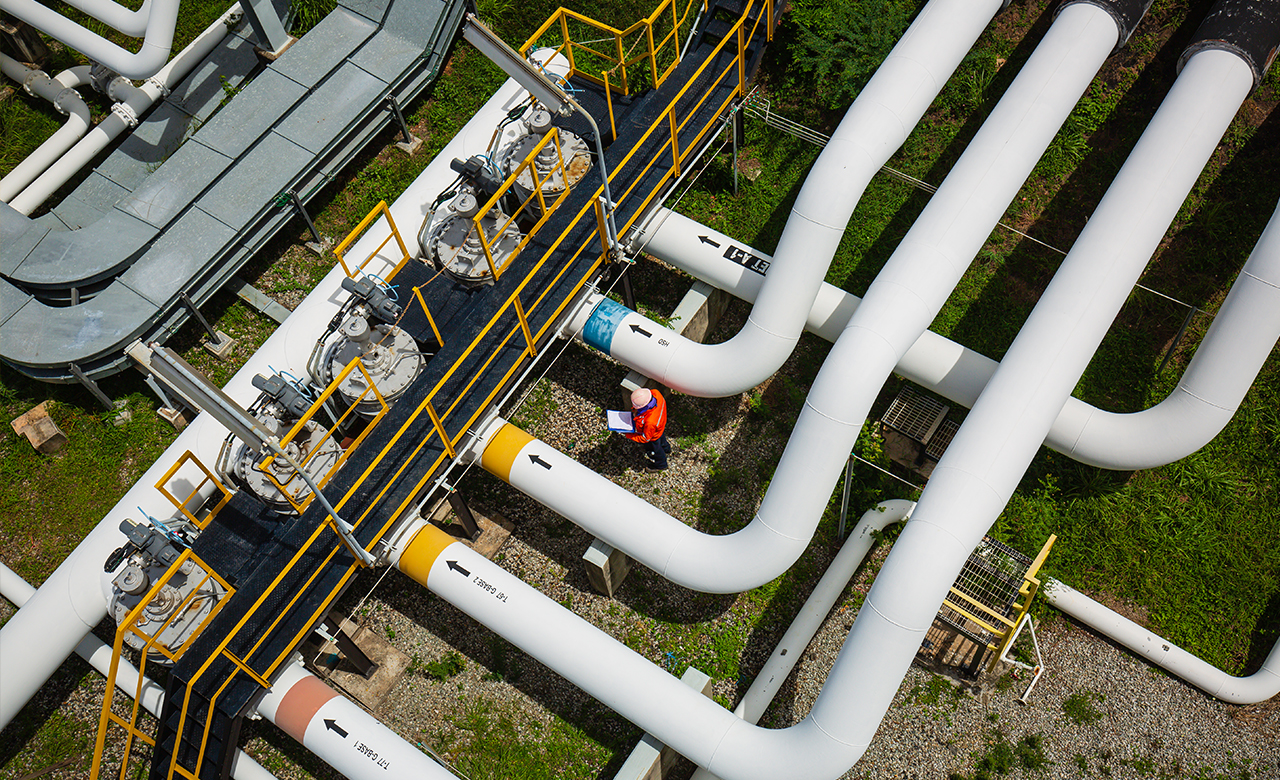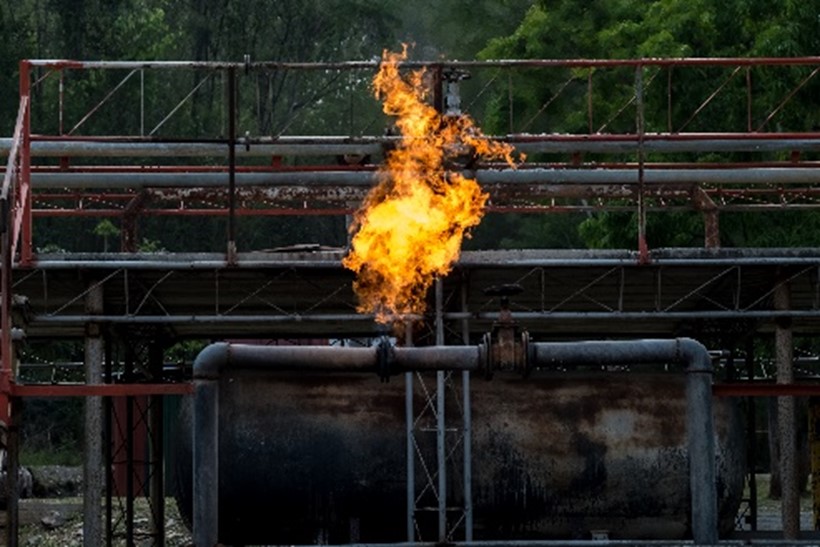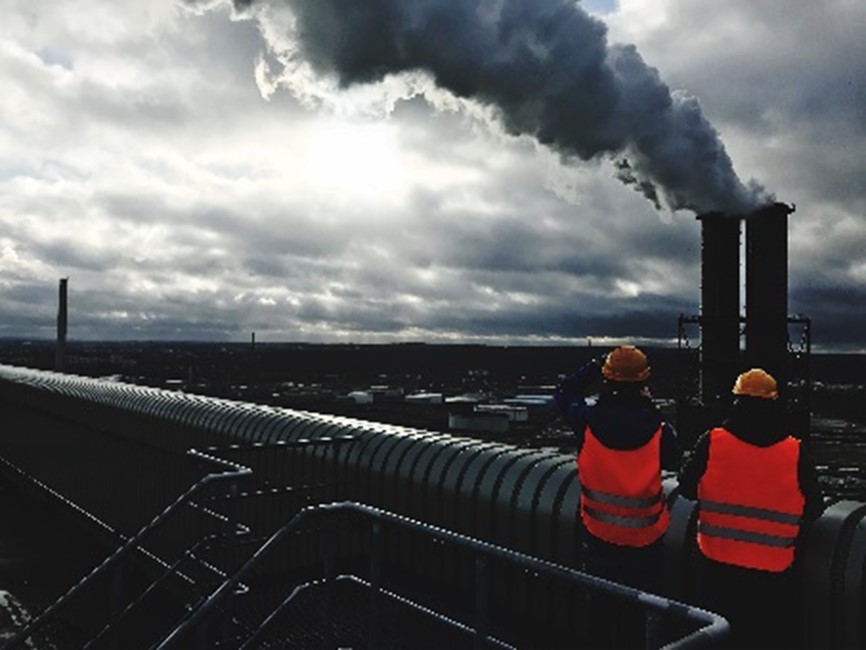
Utilities have a constant endeavor to integrate the transformative technologies within their asset management processes to maintain a fine balance between operational costs and customer satisfaction, safety, and, most importantly, environmental sustainability.
By leveraging breakthrough technologies such as the Internet of Things (IoT), artificial intelligence, and data analytics, they can combat traditional gas utility asset management challenges, hence enhancing the efficiency and reliability of their operations.
Traditional Asset Management Challenges
Complex challenges are perceived while managing a massive infrastructure network, from pipelines to processing plants. The energy & utility sector, particularly gas asset management, is no exception. It encircles an extensive range of activities, including monitoring, maintaining, and optimizing gas infrastructure such as storage, pipelines, and distribution networks. Traditionally, these tasks have relied heavily on human expertise and often reactive maintenance, leading to inefficiencies and frequent obstruction in service. Moreover, due to limited human capacity, analyzing large chunks of data from historical records to identify potential problems was usually time-consuming. Additionally, subjectivity in decision-making was perceived as relying on a human experience and might miss crucial insights hidden within the data sets.
| Reactive maintenance? Reactive maintenance or corrective maintenance is the process of analyzing, identifying and addressing issues/failures in assets as they occur leading to unplanned downtime and higher costs |
Transform your Gas Utilities Asset Management with AI
Data-driven Optimization
One of the significant strengths of AI-based gas utilities asset management is Predictive Maintenance. Leveraging machine learning algorithms, companies can analyze extensive data collected from sensors, historical maintenance records, and operational parameters to identify patterns or divergence and predict equipment failures before they occur. This predictive approach assists maintenance teams in evaluating and taking critical measures regarding issues before they escalate, reducing downtime and minimizing the risk of hefty repairs.
AI Forecasting for Optimizing Resources
With the help of AI, virtual replicas of physical assets are now conceptualized and transformed. This allows continuous monitoring, identification of potential issues, and optimization of maintenance strategies accordingly. AI-based demand forecasting models can assist gas utilities in anticipating variations in demand, allowing them to adjust their schedules to optimize business development strategies and allocate resources effectively.

Enhanced Safety and Compliance
Another area where AI is making a significant advancement is in ascertaining safety and security. AI-powered drones and sensors can be deployed to inspect pipelines and other infrastructures. By analyzing data procured from the sources, AI systems can detect and notify operators of possible safety hazards, such as leaks or equipment malfunction, in real time. Ultimately reducing or eliminating human exposure to hazardous environments and, thus, ensuring compliance with overall security and safety metrics.
In addition, complying with regulatory regimes could be smoother and efficient by automating processes such as collection, analysis, and reporting. By simplifying these tasks, gas industries and companies can more efficiently adhere to and meet regulatory requirements.

Creating a Positive Impact On the Environment
AI has made significant advancements across various sectors. When considering its impact on the environment, it is clear that AI plays a positive role. Industries are reshaping their operations and reducing energy consumption, and companies are striving to minimize their carbon footprints to support a sustainable future. For instance, AI systems can detect and address leaks, reducing methane emissions, a key contributor to climate change and its effects.
Stay Ahead of the Curve with AI!
AI-based gas utilities and asset management represents an opportunity for industries to enhance efficiency, reliability, and commitment to a sustainable future. Industries can lucratively leverage AI algorithms to stay ahead of the curve by setting a competitive edge and maintaining profitability. Amidst a changing industry landscape, businesses can harness this technology to innovate and create lasting environmental value.